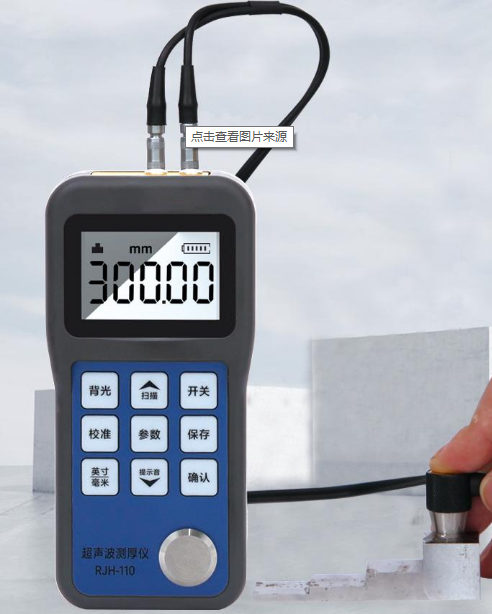Roles and Functions of Industrial Endoscope and Thickness Gauge in the Industrial Sector
2023-08-22
Industrial endoscopes and thickness gauges are two widely used inspection tools in the industrial sector. They offer different functionalities and applications in various contexts. This article aims to explore the differences between industrial endoscopes and thickness gauges in terms of principles, applications, and characteristics.
I. Industrial Endoscope:
1.Principles and Operation:
An industrial endoscope is a device that transmits images through fiber optics. It consists of a light source, fiber optic bundle, lens, and display unit. The light source generates light that is transmitted through the fiber optic bundle to the lens. The lens focuses and transmits the image to the display unit, allowing users to observe the internal condition of the inspected object. Industrial endoscopes are known for their flexibility and maneuverability, enabling inspections in narrow and hard-to-reach areas.
2.Applications:
Industrial endoscopes find wide applications in aerospace, automotive, petrochemical, medical, and other industries. They are used to inspect the condition and reliability of pipes, containers, engine internals, welds, and mechanical equipment. By visualizing internal details, they facilitate fault diagnosis, maintenance, and quality control.
3.Characteristics:
The main feature of industrial endoscopes is their ability to provide real-time images and videos, coupled with a certain degree of flexibility. They can adapt to different environments and working conditions, allowing real-time manipulations and adjustments during inspections. However, due to the reliance on light transmission for image capture, their resolution and detail representation may be relatively lower.

II. Thickness Gauge:
1.Principles and Operation:
A thickness gauge is an instrument used to measure the thickness of objects. It utilizes technologies such as ultrasonic or electromagnetic waves to emit waves to the object and receive the reflected waves, thereby calculating the thickness. Ultrasonic thickness gauges emit ultrasonic waves and measure the time it takes for the sound waves to travel from the surface to the backside of the object, providing thickness measurements. On the other hand, electromagnetic thickness gauges exploit the propagation characteristics of electromagnetic waves within the object for measurements.
2.Applications:
Thickness gauges are extensively used in measuring the thickness of materials such as metals, plastics, and ceramics. They are applied in industrial settings for thickness inspections of pipes, containers, and sheets. Thickness gauges assist engineers and technicians in assessing the integrity, detecting corrosion or wear, and formulating maintenance plans.
3.Characteristics:
Thickness gauges feature high accuracy, resolution, and non-contact measurements. They provide precise thickness readings without the need for destructive testing on the object. Portable and user-friendly designs are commonly found in thickness gauges, facilitating on-site measurements. However, they do not excel in image and video capabilities, offering only a single thickness value.
Industrial endoscopes and thickness gauges possess specific applications and functionalities in the industrial field. Industrial endoscopes are suitable for visualizing internal details, facilitating real-time operations and adjustments, and providing images and videos. Thickness gauges, on the other hand, are suitable for non-contact thickness measurements, delivering high accuracy and resolution thickness values. The choice of the appropriate tool depends on specific inspection requirements for monitoring, testing, and maintenance in the industrial sector.



